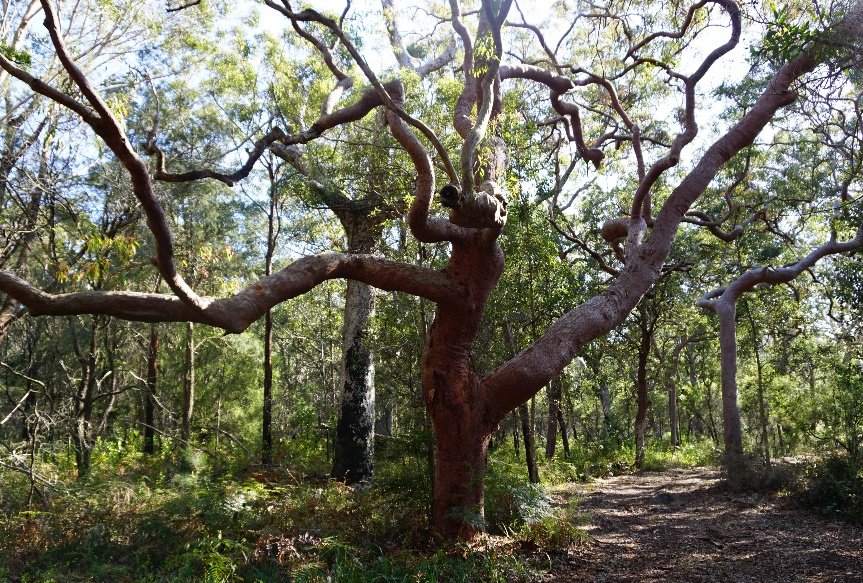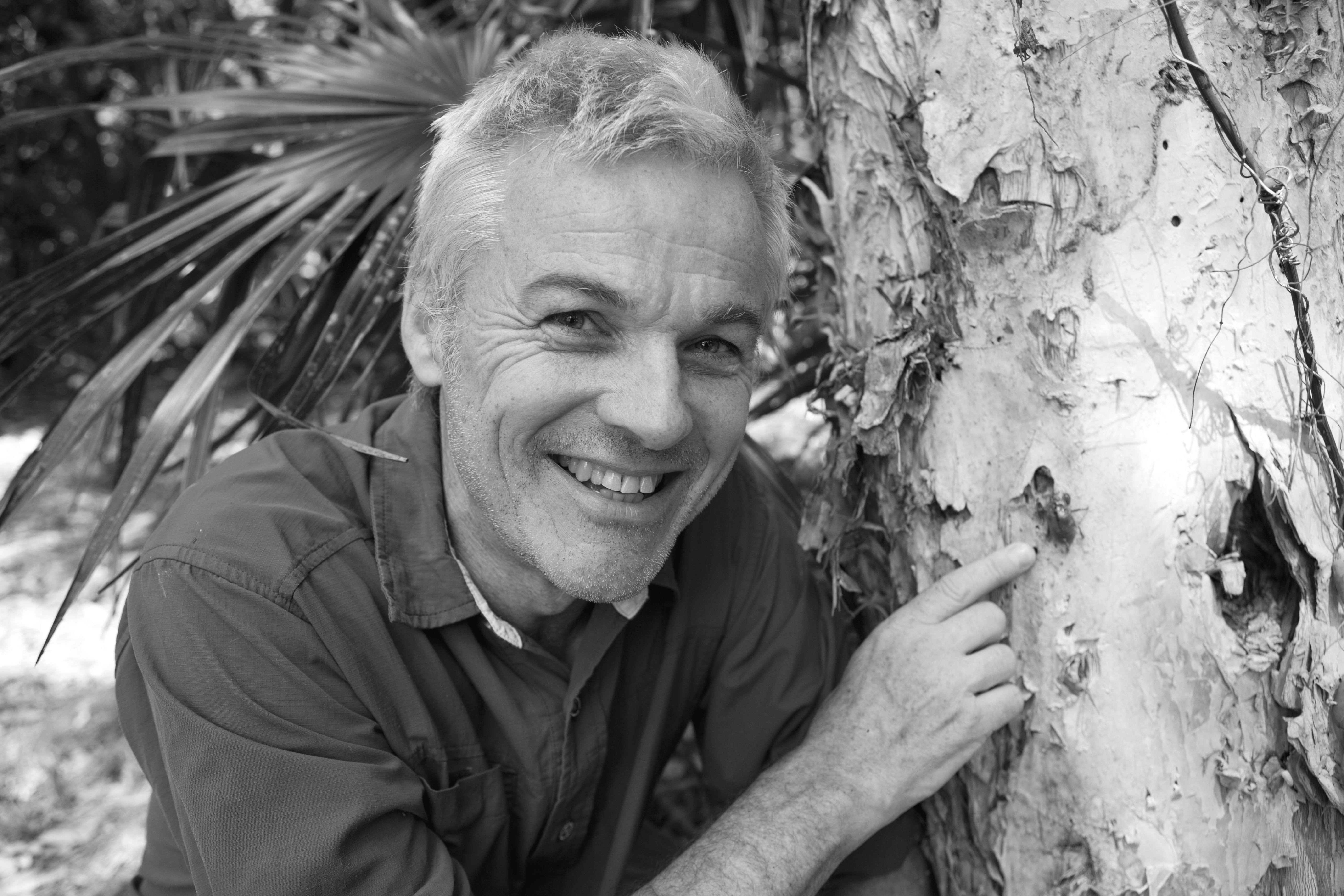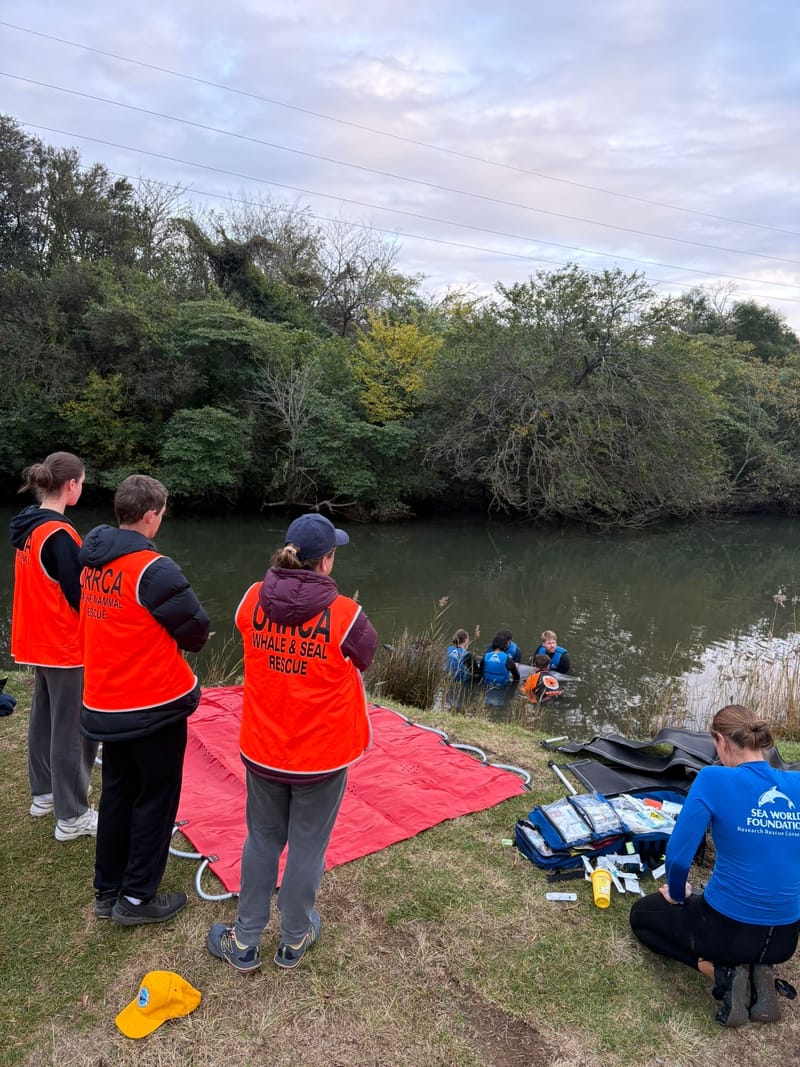Beetling About: the biodiversity bombshell
Trees are wonderful things and we have some particularly special ones locally. The Illawarra is rich in trees, with about 140 species (see Wollongong’s Native Trees, by Leon Fuller). That’s more than four times the number of native trees in the...

Trees are wonderful things and we have some particularly special ones locally. The Illawarra is rich in trees, with about 140 species (see Wollongong’s Native Trees, by Leon Fuller). That’s more than four times the number of native trees in the UK. My favourite is the rugged, noble (or, some might say, misshapen, warped) smooth-barked apple, Angophora costata. But trees also have a special link to beetles.
The concept of biodiversity (biological diversity) was largely inspired by a study of beetles on a rainforest tree in Panama. Until 1975 it was thought that there were about 1 million species of everything on Earth and that we would eventually get around to naming all of them. Then an American beetle taxonomist, Terry Erwin, got a job in a newly established tropical research centre in the tropical rainforest of Panama, central America. He was interested in the beetle family Carabidae, called ground beetles in English, because that’s what they are in England, but elsewhere many live on trees. For example, here in the Illawarra there are many ground beetle species such as Sphallomorpha running up and down trees at night, hunting other insects, and hiding under bark during the day.
Erwin got hold of an insecticide ‘fogger’, a gun pumping insecticide into the tree canopy, to see what carabids might get knocked down from high up. To his surprise, the rain of beetles included hundreds of species that had not been seen before. Erwin assumed many of the herbivorous species were unique to each tree. Based on the number of tree species and his estimate of the number of unique insect species per tree, in 1982 Erwin suggested that there might be 30 million land-based arthropod species worldwide (arthropods being all insects, plus spiders, mites, and other creepy crawlies with jointed legs).
This was a bombshell in the conservation world. The study of biological diversity quickly became of major significance for conservation and like all phrases it was found to be too much of a mouthful, hence ‘biodiversity’ (first used in 1988). Arthropods were suddenly important in forest conservation and beetles, as a major component of arthropods, got a bit more limelight.
Erwin’s estimate was flawed. For example, careful rearing of beetles and moths in Papua New Guinea rainforests by the Binatang Research Group, showed that few species were confined to one kind of tree and most species feed on many trees. Current estimates of terrestrial arthropods are closer to 3 million species than 30.
But 3 million is still a huge number.
Estimates for the total number of species of beetles in Australia vary enormously because we’ve only studied some of them in detail and not everywhere – about 50,000 seems reasonable. Our ‘modifications’ of the landscape mean that we are probably losing species before they are discovered. Planting trees will help!
Have a question specifically for Dr Chris? Email editor@2515mag.com.au





